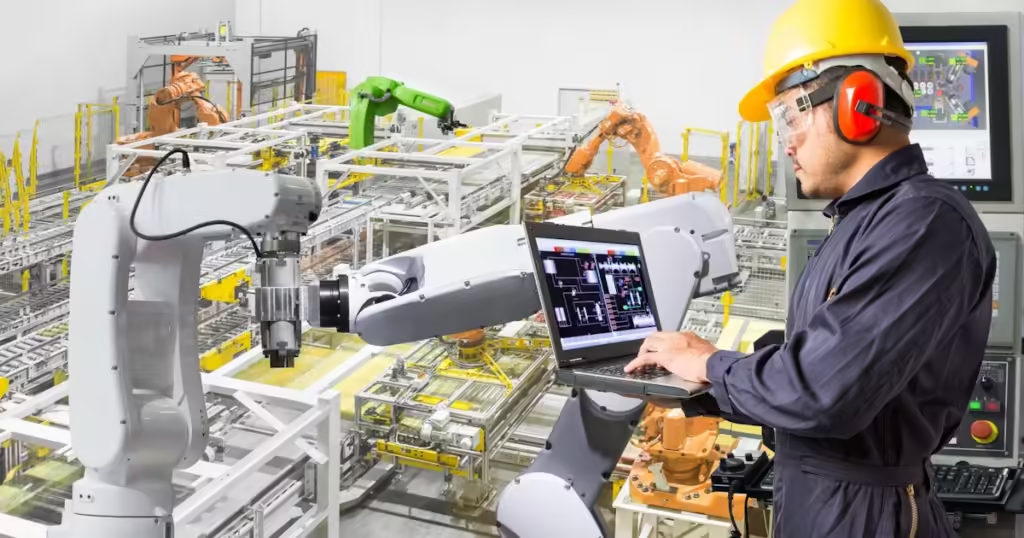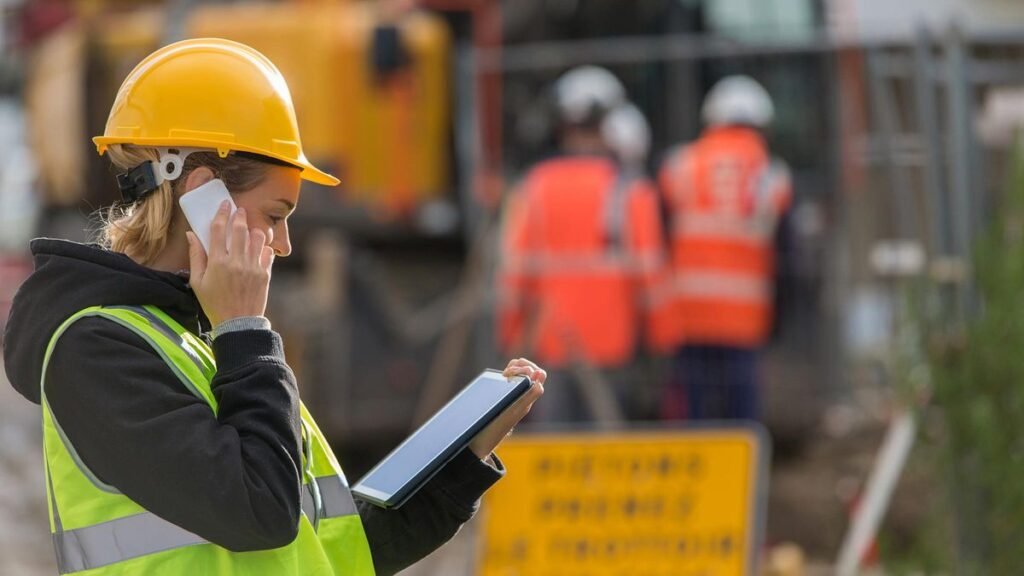The National Standards for the Physical Inspection of Real Estate (NSPIRE) represent a modernized approach to the inspection of public housing and multifamily properties. These standards aim to improve the quality of life for residents by ensuring that properties are safe, habitable, and well-maintained. NSPIRE EXPERTS specialize in conducting these inspections, ensuring that properties meet the rigorous standards set forth by the U.S. Department of Housing and Urban Development (HUD). This article explores the three types of NSPIRE inspections, highlighting the importance of the NSPIRE Pre-Inspection process.
The Importance of NSPIRE Pre-Inspection
- Early Issue Identification: Helps property managers and owners spot potential problems before the official inspection.
- Penalty Avoidance: Addressing issues early helps properties avoid fines and ensure compliance with NSPIRE standards.
- Thorough Review: Inspectors conduct a comprehensive examination of all key areas and systems of the property.
- Proactive Maintenance: A proactive approach saves time and money by addressing issues before they become significant problems.
- Property Value Maintenance: Ensures the property remains valuable and appealing by meeting all required standards.
Type 1: Physical Condition Assessment (PCA)

Overview
The Physical Condition Assessment (PCA) is a comprehensive evaluation of the physical state of a property. This inspection focuses on the overall condition of buildings, grounds, and systems to ensure they meet NSPIRE standards. The PCA is essential for maintaining the structural integrity and operational efficiency of a property, ultimately contributing to the well-being of its residents.
Key Components
- Structural Integrity: Inspectors examine the building’s foundation, walls, roof, and other structural components to ensure they are in good condition. This includes checking for cracks, leaks, and any signs of wear and tear that could compromise the building’s safety.
- Mechanical Systems: This includes the inspection of HVAC systems, plumbing, and electrical systems to ensure they are functioning properly and safely. Proper maintenance of these systems is crucial for the comfort and safety of residents.
- Safety Features: Inspectors check for the presence and functionality of smoke detectors, fire alarms, and other safety equipment. Ensuring that these features are in place and operational can prevent accidents and emergencies.
Importance of PCA
The PCA is essential for maintaining the long-term viability of a property. By identifying and addressing issues early, property managers can prevent costly repairs and ensure the safety and comfort of residents. Regular PCAs help maintain high standards of living and can also increase property value, making it a worthwhile investment for property owners.
Type 2: Health and Safety Inspection (HSI)

Overview
The Health and Safety Inspection (HSI) focuses on identifying hazards that could pose a risk to the health and safety of residents. This inspection is crucial for ensuring that properties are not only habitable but also safe. The HSI covers a wide range of potential hazards, ensuring a comprehensive review of the property’s safety standards.
Key Components
- Environmental Hazards: Inspectors look for the presence of mold, lead-based paint, asbestos, and other environmental hazards. Identifying and mitigating these hazards is crucial for the health of residents, particularly vulnerable populations such as children and the elderly.
- Sanitation: This includes checking for adequate waste disposal systems, proper sewage management, and overall cleanliness of the property. Proper sanitation practices are essential for preventing health issues and maintaining a pleasant living environment.
- Emergency Preparedness: Inspectors ensure that properties have adequate emergency exits, fire extinguishers, and emergency lighting. Preparing for emergencies can save lives and reduce the impact of disasters.
Importance of HSI
The HSI is vital for protecting the health and safety of residents. By identifying and mitigating hazards, property managers can create a safer living environment and avoid potential legal liabilities. Regular health and safety inspections can also improve tenant satisfaction and reduce turnover, benefiting both residents and property owners.
Type 3: Operational and Maintenance Inspection (OMI)

Overview
The Operational and Maintenance Inspection (OMI) evaluates the day-to-day operations and maintenance practices of a property. This inspection ensures that properties are being properly managed and maintained in accordance with NSPIRE standards. Effective operations and maintenance practices are crucial for the longevity and functionality of the property.
Key Components
- Maintenance Practices: Inspectors review maintenance logs, work orders, and other records to assess the effectiveness of maintenance practices. This includes checking for timely responses to repair requests and the quality of maintenance work.
- Staff Training: This includes evaluating the training and qualifications of maintenance staff to ensure they are capable of performing their duties effectively. Well-trained staff are essential for maintaining high standards of property management.
- Resident Services: Inspectors check for the availability and quality of services provided to residents, such as pest control, landscaping, and janitorial services. High-quality resident services contribute to a positive living experience and can enhance tenant retention.
Importance of OMI
The OMI is crucial for ensuring that properties are well-maintained and efficiently operated. By maintaining high standards of operation and maintenance, property managers can enhance the quality of life for residents and prolong the lifespan of the property. Regular OMIs can also identify areas for improvement, helping property managers optimize their operations and reduce costs.
The Role of NSPIRE Pre-Inspection in Compliance
The NSPIRE Pre-Inspection plays a pivotal role in ensuring that properties are prepared for official inspections. By conducting a thorough pre-inspection, property managers can identify and address issues before they become significant problems. This proactive approach helps to ensure compliance with NSPIRE standards and can prevent costly penalties.
Benefits of NSPIRE Pre-Inspection
- Early Issue Detection: Identifying issues early allows for timely repairs and maintenance, reducing the risk of major problems during the official inspection. This can save property managers time and money, as well as prevent disruptions to residents.
- Compliance Assurance: Ensuring that all aspects of the property meet NSPIRE standards can help avoid penalties and maintain funding eligibility. Compliance with NSPIRE standards is crucial for the continued operation and funding of public housing and multifamily properties.
- Improved Resident Satisfaction: Addressing issues promptly can lead to a better living environment for residents, improving overall satisfaction and retention rates. Happy residents are more likely to stay longer, reducing turnover and associated costs.

FAQs
1. What is the purpose of NSPIRE inspections?
- Ensure public housing and multifamily properties are safe, habitable, and well-maintained.
2. How often are NSPIRE inspections conducted?
- Typically every one to three years, depending on the property’s type and inspection history.
3. What should property managers expect during an NSPIRE inspection?
- Inspectors evaluate physical condition, health and safety features, and operational practices. Managers must provide access and documentation.
4. How can property managers prepare for an NSPIRE inspection?
- Conduct a thorough pre-inspection, identify potential issues, and ensure maintenance records are up-to-date.
5. What are the benefits of regular NSPIRE inspections?
- Maintain high living standards, ensure resident safety, protect property value, and stay compliant with HUD regulations.
Conclusion
NSPIRE inspections are essential for maintaining the quality and safety of public housing and multifamily properties. By understanding the three types of NSPIRE inspections—Physical Condition Assessment (PCA), Health and Safety Inspection (HSI), and Operational and Maintenance Inspection (OMI)—property managers can better prepare for these evaluations. The NSPIRE Pre-Inspection is a crucial step in this process, helping to identify and address issues before the official inspection. By prioritizing these inspections, property managers can ensure compliance with NSPIRE standards, enhance resident satisfaction, and maintain the long-term viability of their properties.
Contact Us
For more information about NSPIRE inspections and how to prepare for them, contact NSPIRE EXPERTS. Our team of professionals is here to assist you in ensuring that your property meets all NSPIRE standards. We offer comprehensive pre-inspection services to help you identify and address potential issues before your official inspection.
- Phone Number: (866) 516-7322
- Email: Info@nspireexperts.com
Don’t wait until it’s too late—reach out to NSPIRE EXPERTS today to schedule your NSPIRE Pre-Inspection and ensure your property is in top condition.
